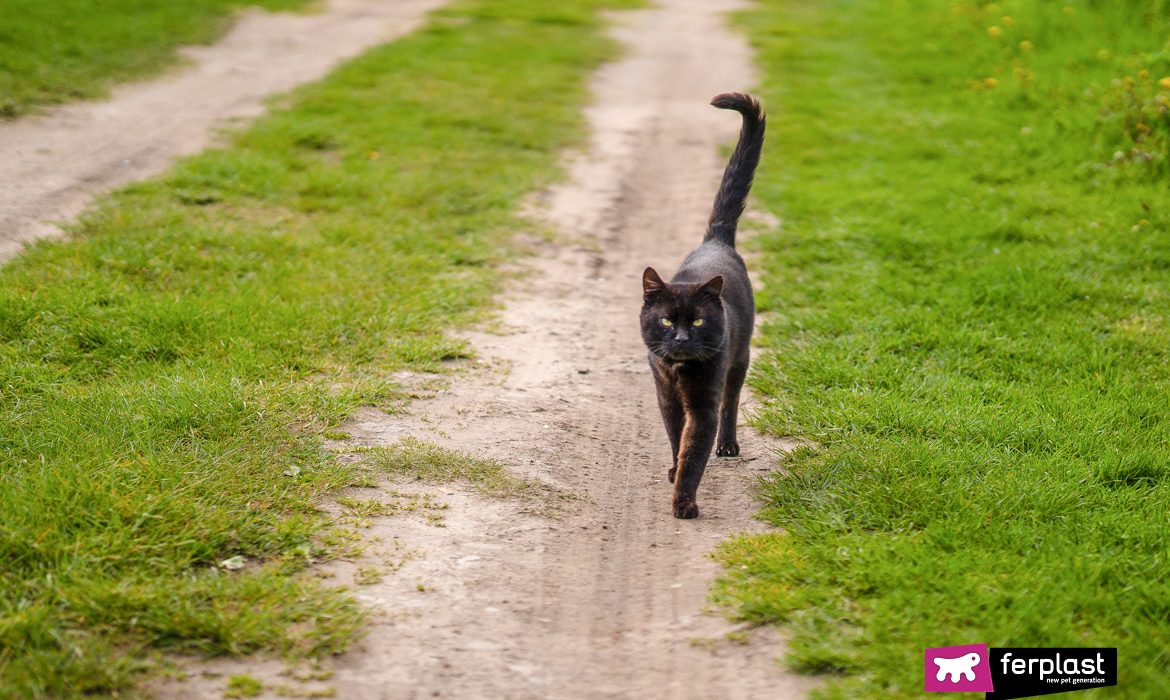Cat sense of direction is a relevant issue.
Thanks to their ability to navigate, cats can find their way home if they get lost. This skill is also called “homing”. All cat senses play a fundamental role in this ability. Hearing, smell, touch and sight are essential for the animal. Let’s see why.
The senses useful for cat navigation
Vision
As cats move, the first sense that comes into action is sight.
Cats look around and detect a whole range of information that is used for direct themselves in space.

The feline field of vision is extraordinarily wider than ours. In this way they are able to perceive many details that not even we humans can grasp. This feature is also very useful when it is dark. Cats are able to perceive and capture the finest details even at night thanks to their developed eyesight.
Hearing
Hearing is also a very important sense for our feline friends. Through hearing, cats are able to pick up all sounds, even the most imperceptible. By memorizing familiar sounds, it is easier for them to recognize their way home from the noises they hear.
Sense of smell
Sense of smell is probably the most developed sense in cats and is therefore essential for navigation. By sniffing the surrounding environment, the felines are able to collect a series of clues. For example, they can understand if other animals have previously passed in that area, if that territory belongs to another feline or if they themselves have already been there.
How do they recognize it? Very often cats are able to capture all this information from urine, from the tufts of hair present or from other traces that are left by them or by other animals in the area.
Touch
Touch is a highly developed sense in cats. It is used both to get to know the environment and to find their bearings in the dark.
In the paws there are plantar pads that support the felines in discovering the surrounding context. Thanks to these pads, cats can pick up fundamental objects for orienting themselves.
The sixth sense: the whiskers

The cat whiskers are a kind of radar through which they perceive and capture external stimuli. Thanks to the whiskers, cats perceive the movements that occur around them, even without seeing. These are sensors full of nerve endings that communicate information to the brain.
Taste
Finally, taste is also important for cats but does not play a fundamental role in their sense of direction. Felines prefer to rely on other more refined senses, such as touch and smell, to gather the information they need to find their way back home.
In conclusion, only the analysis of the gathered information by all the senses allows our cats to direct themselves correctly without making mistakes.

